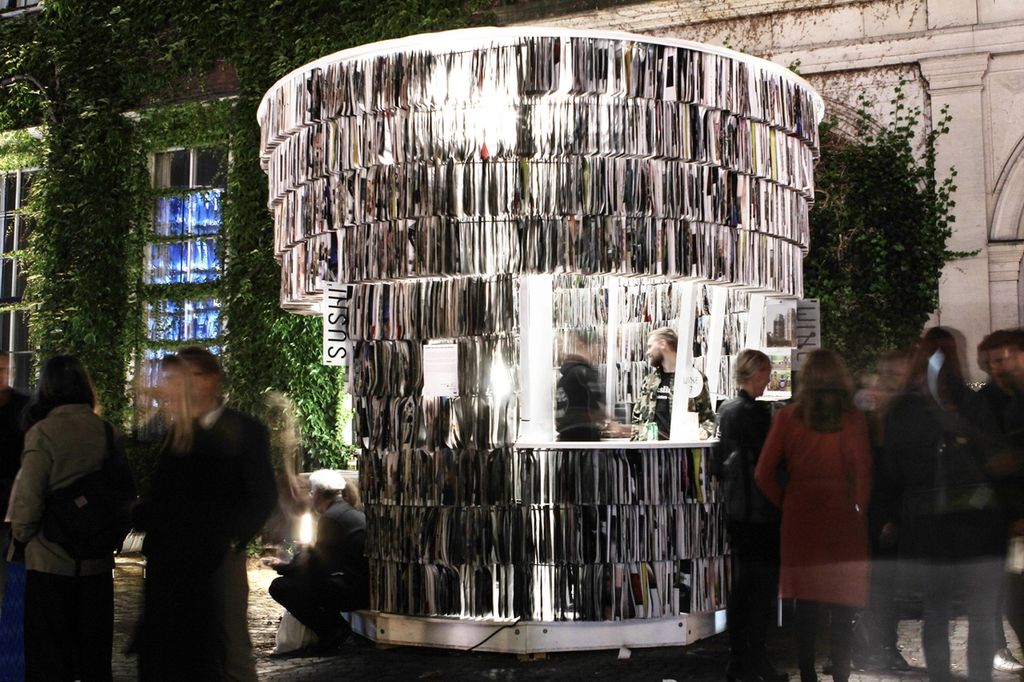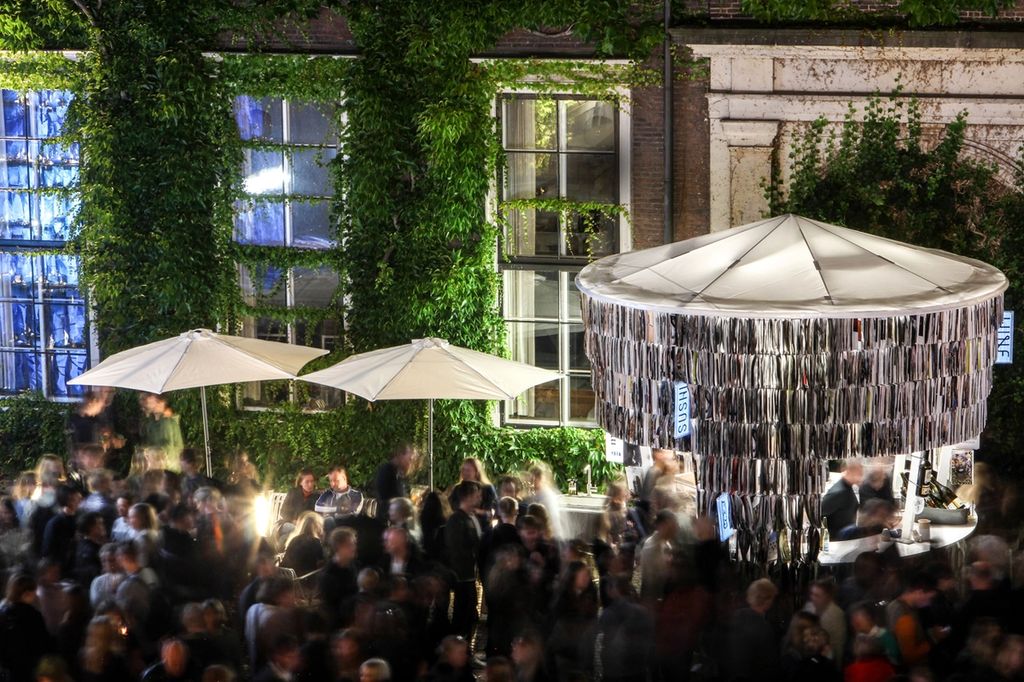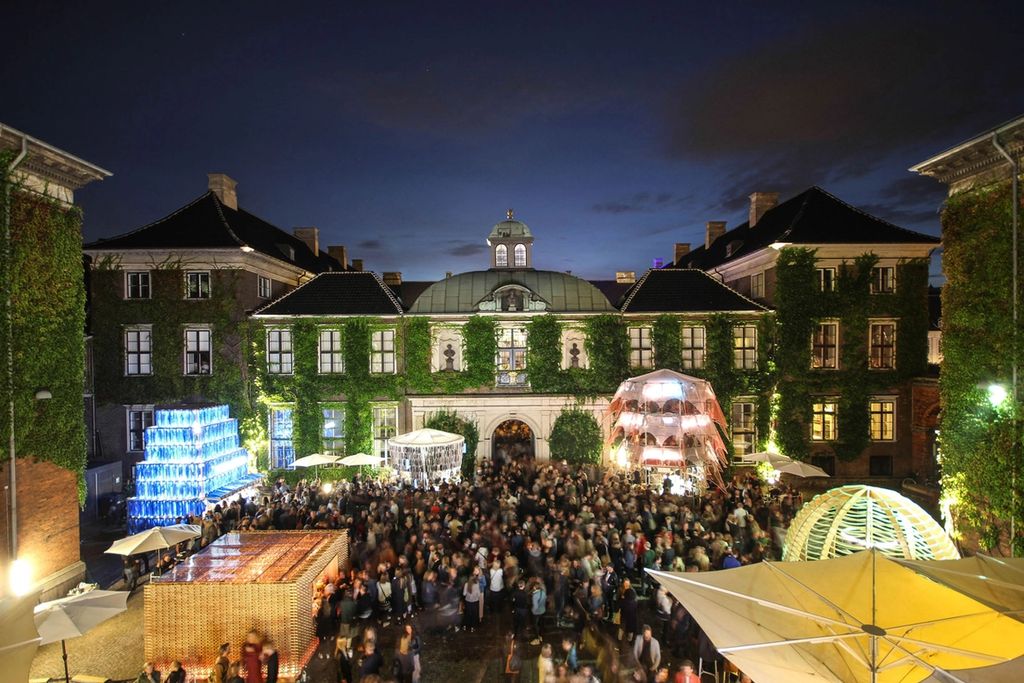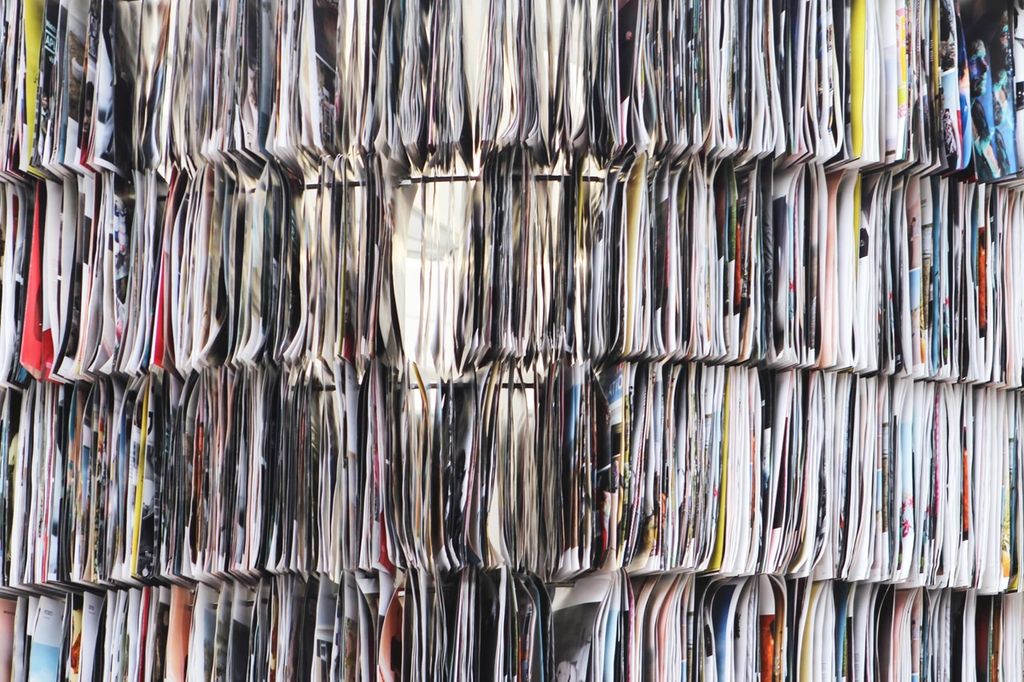Paper Pavilion
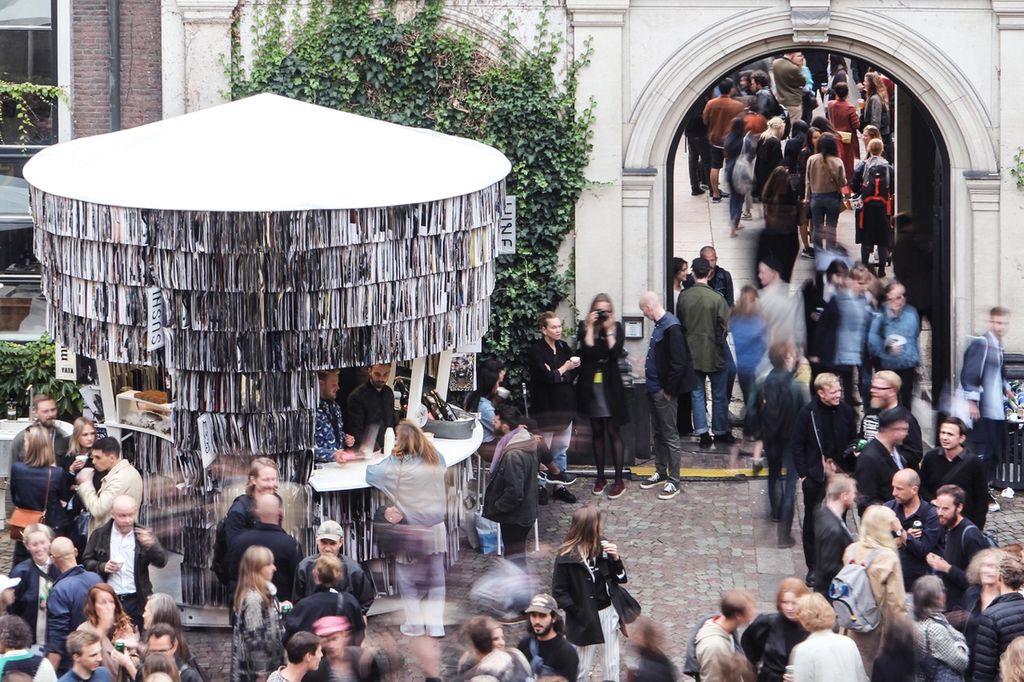
Date: September 2017 Location: Copenhagen, Denmark Area: 10m2 Function: Pavilion Status: Built Structural design: Yohei Tomioka Sponsor: VICE Denmark, Musling bistro, Underbroen, Wasara Organiser: CHART
Paper Pavilion is designed with upcycled wasted papers to develop the new sustainable design method. The pavilion was originally created for Copenhagen Art Fair (CHART) and it was redesigned and relocated permanently to Kunsthal Charlottenborg Museum locates in the heart of Copenhagen.
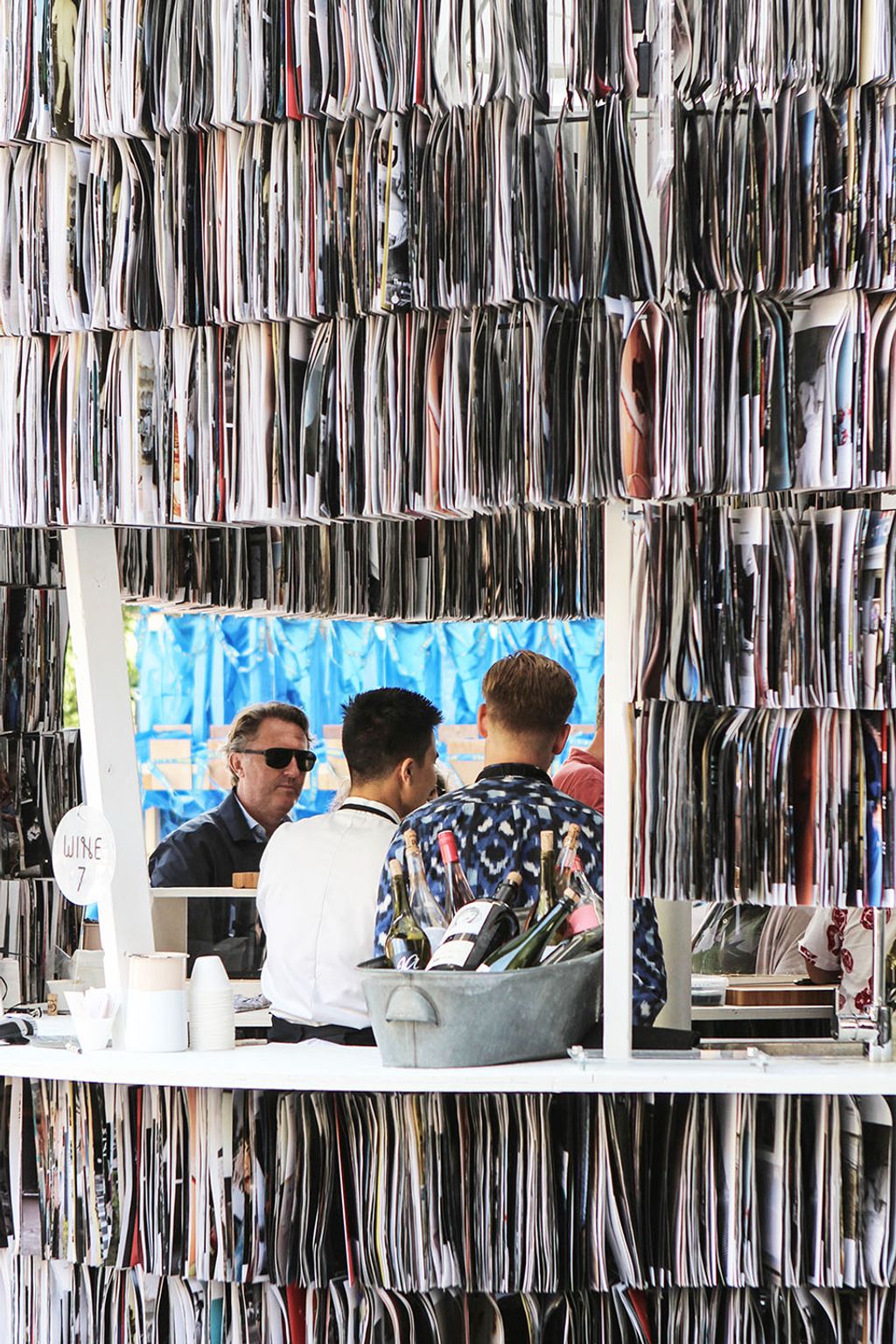
The fifth edition of CHART sought pavilion designs in line with notions of sustainable construction and fabrication method; urbanization and up-cycled material design. PAN- PROJECTS proposes “appropriate durability” as a new sustainable design method: not to set up excessive architectural strength to a pavilion but rather construct with appropriate materials that only last for the duration of an event. From this perspective, Paper Pavilion is designed by considering paper as an architectural material in order to create the appropriate pavilion for 3 days last art fair. In this condition, papers appeal as the most suitable material, not only because it is a recyclable material but also because of its strength. Paper is the material that is only usable for such a short-term event, which feature provides certain uniqueness to the pavilion that indicates the potential of the new sustainable design method. A bagworm is the initial design inspiration which little creature creates its nest by collecting surrounded materials that well represents the characteristic of the place. Likewise, Paper Pavilion wraps itself with papers collected from the city; showcasing the citizens’ urban activities thus reflects vivid urban lives on its facade. The paper facade creates unique interactions between visitors and the architecture which playfulness is also the core design concept developed through considering used paper as a building material. Moreover, the papers used for the pavilion can be recycled with the existing recycling system after the event as the ordinary papers are recycled. The structure of the pavilion is designed movable. This feature enables the Paper Pavilion to move to other cities and rebirth itself by showcasing the colors of the new places that are reflected on papers. After the Copenhagen Art Fair, the pavilion is actually relocated permanently to the Kunsthal Charlottenborg Museum’s entrance hall to be used as a reception and a book store.
